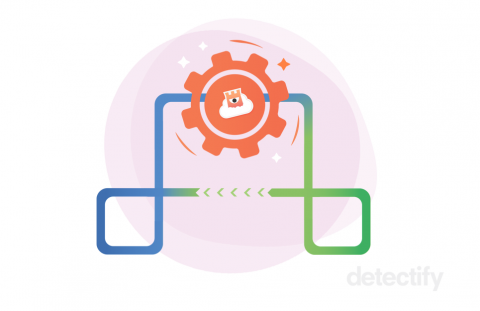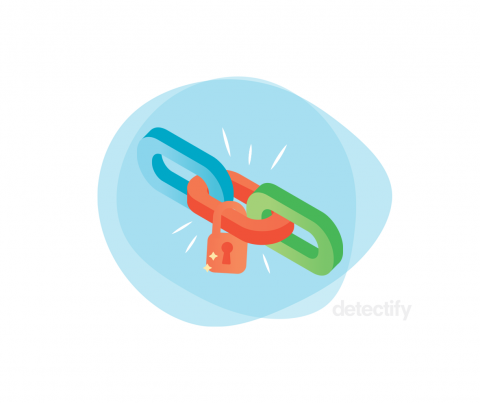Security | Threat Detection | Cyberattacks | DevSecOps | Compliance
CI CD
Six Obstacles to Successful DevOps
DevOps: 8 Reasons for DevOps to use a Binary Repository Manager
Leapfrog to the Future of DevOps
Bar Hofesh - AppSec in the DevSecOps world
Container Security for CI/CD Pipelines with JFrog Xray and NeuVector
Fitting automated security throughout the CI/CD pipeline
As companies compete with how fast new features and products can be released on the digital market, a byproduct of DevOps could be the neglect of sufficient and consistent information security throughout the pipeline – yes that means from start to the next improvement. Sure, automated security testing in production is a given, but what about during build and testing in the Continuous Integration and Continuous Delivery (CI/CD) Pipeline?
Scaling up Security with DevOps and CI/CD practices
Some believe that “whatever can be automated, should be automated” and in general benefits include faster production, consistency in product and quality, rolling back from failures and all allowing employees to focus on more creative and analytical tasks. The same can be said for the automation of quality assurance and security of developer coding and programming.
Why Security Is Needed to Keep the CI/CD Pipeline Flowing Smoothly
Technology has advanced to a state where clients now expect a constant stream of updates for their software and applications. To fulfill this demand, developers commonly turn to what’s known as a CI/CD pipeline. As noted by Synopsys, this practice embraces two important software development concepts of today’s streamlined world.








